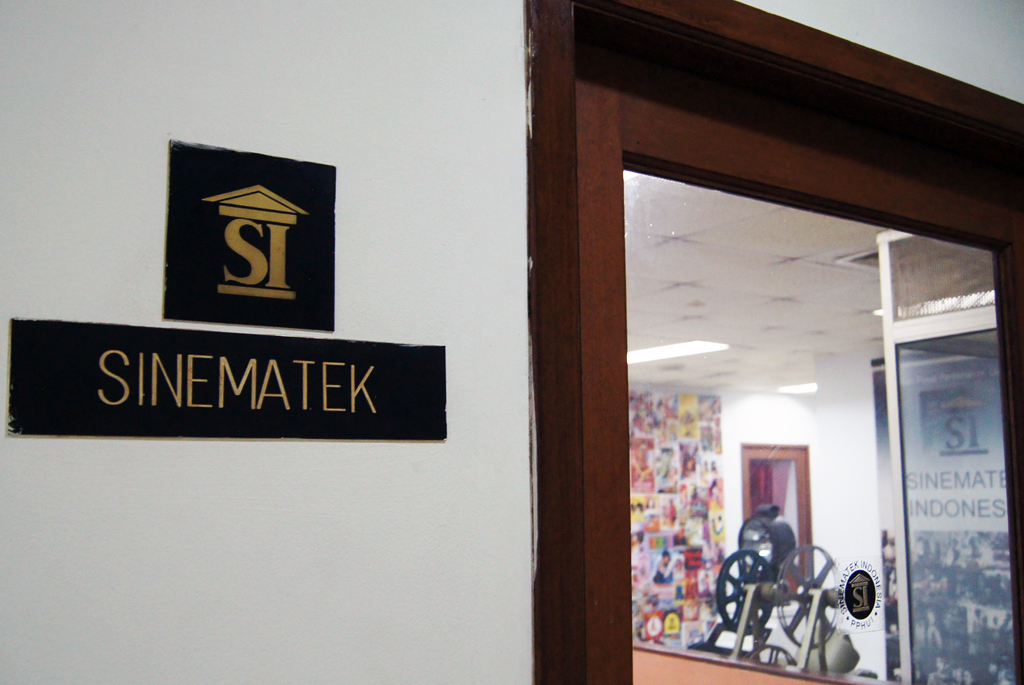
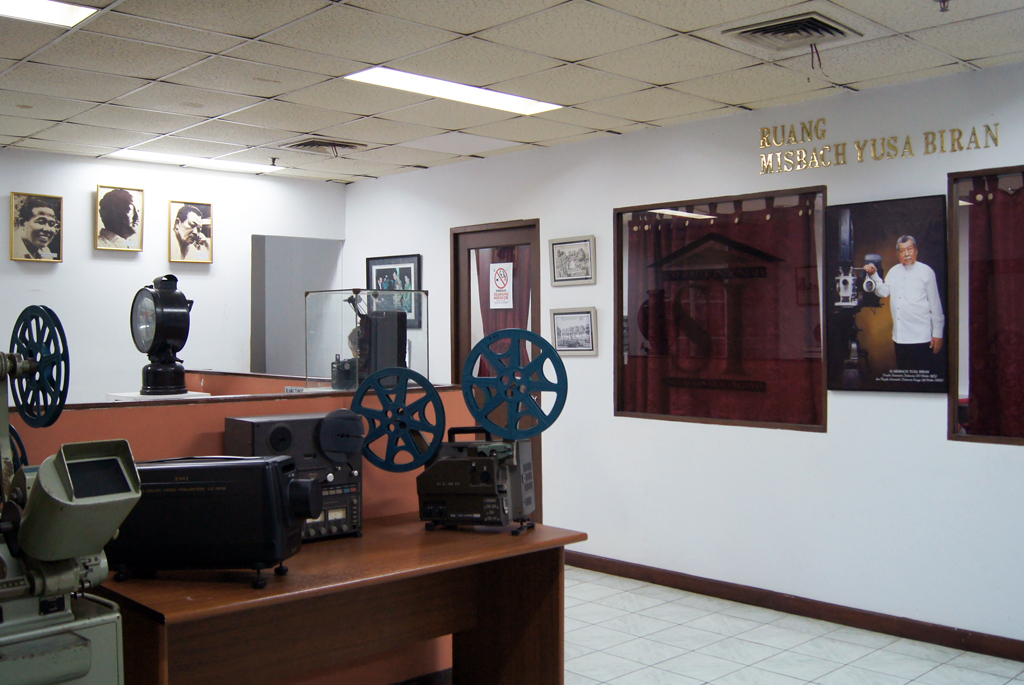
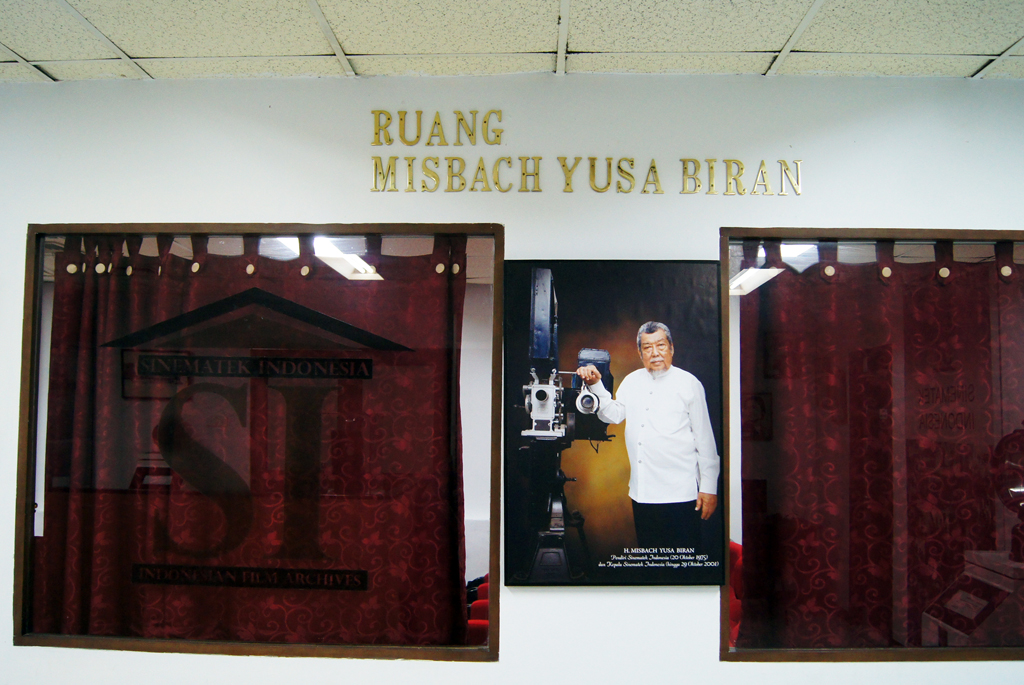
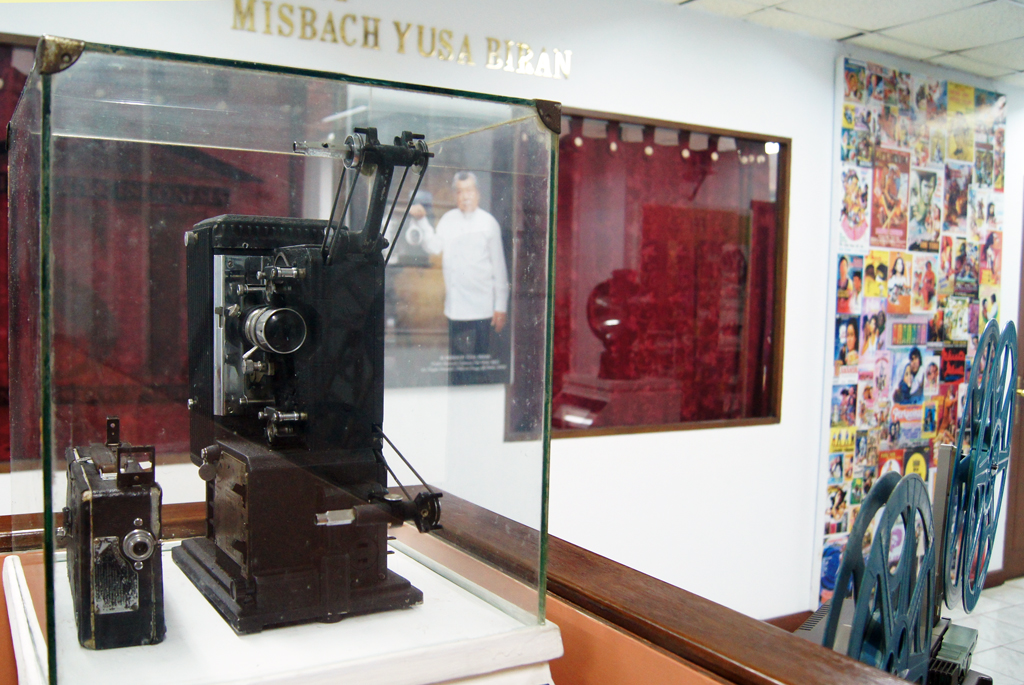
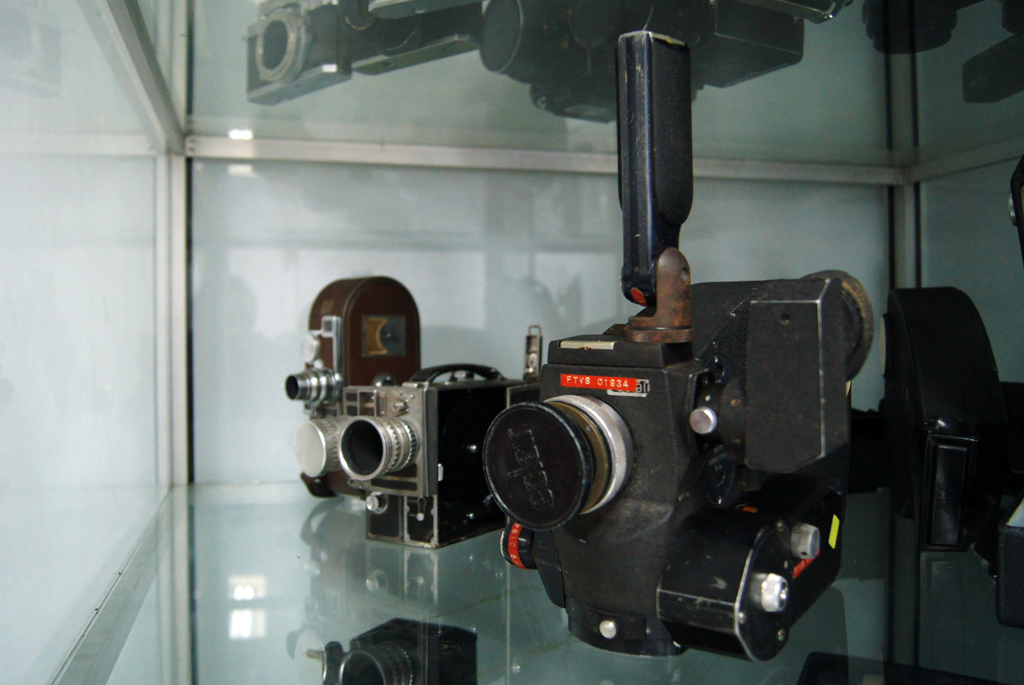
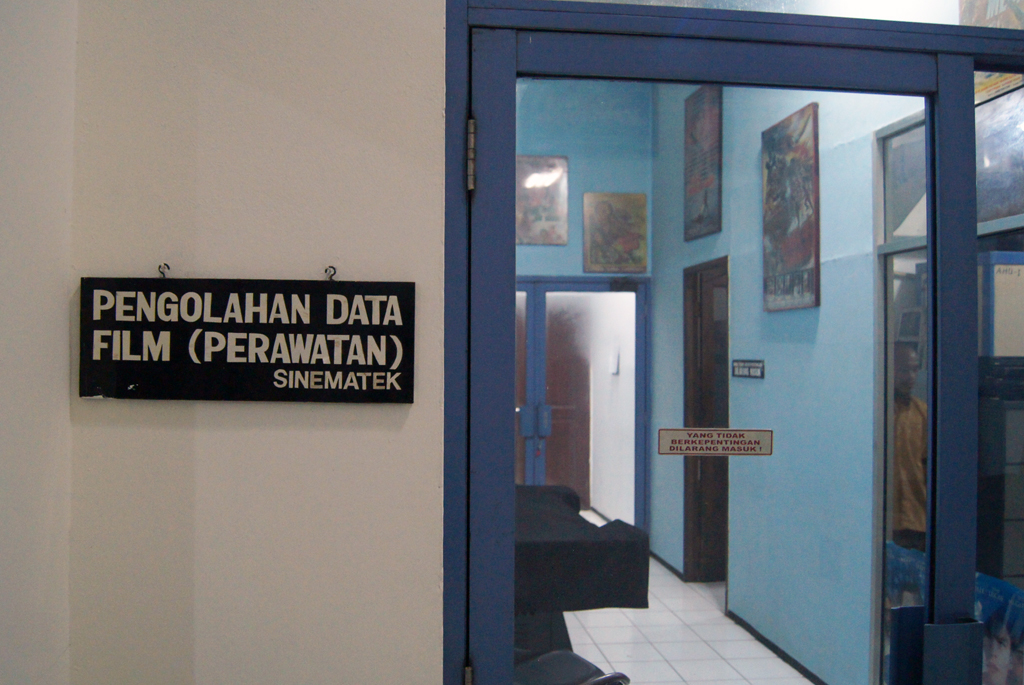
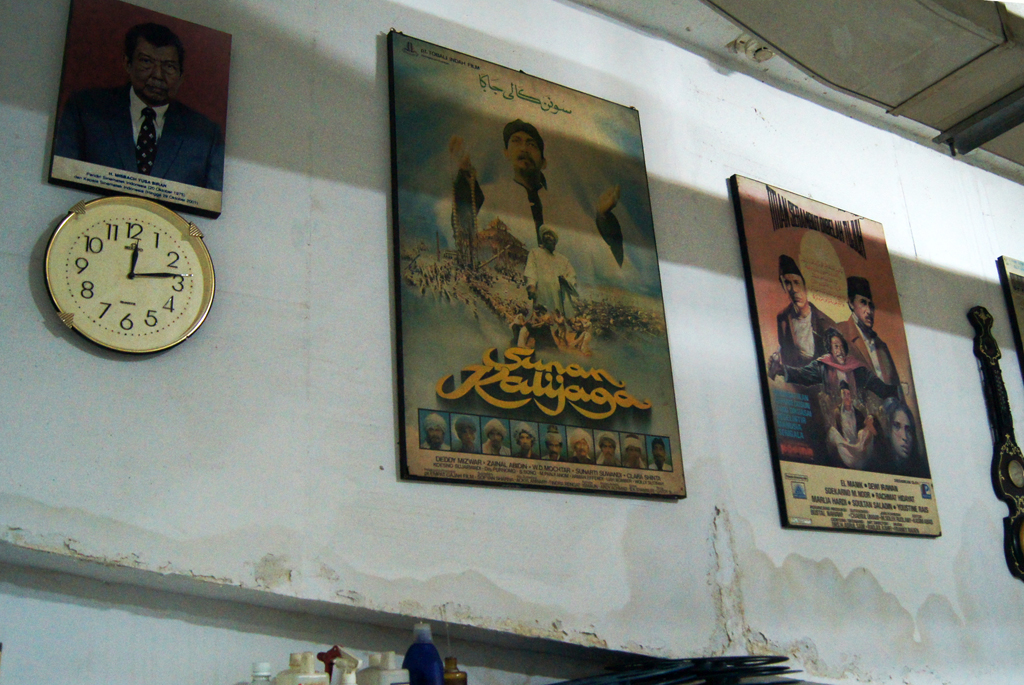
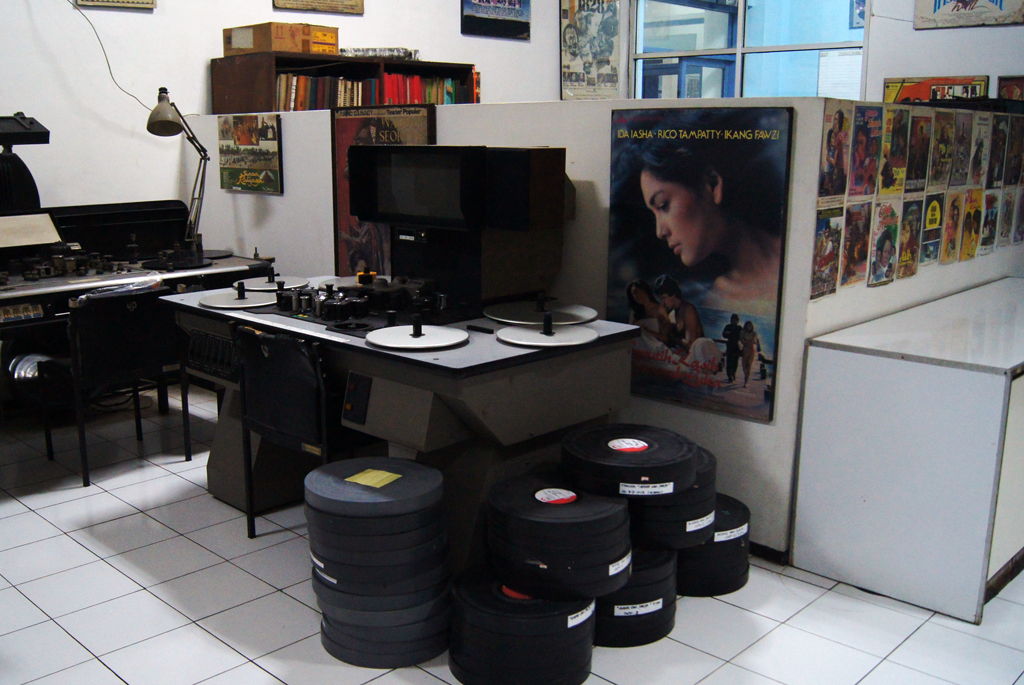
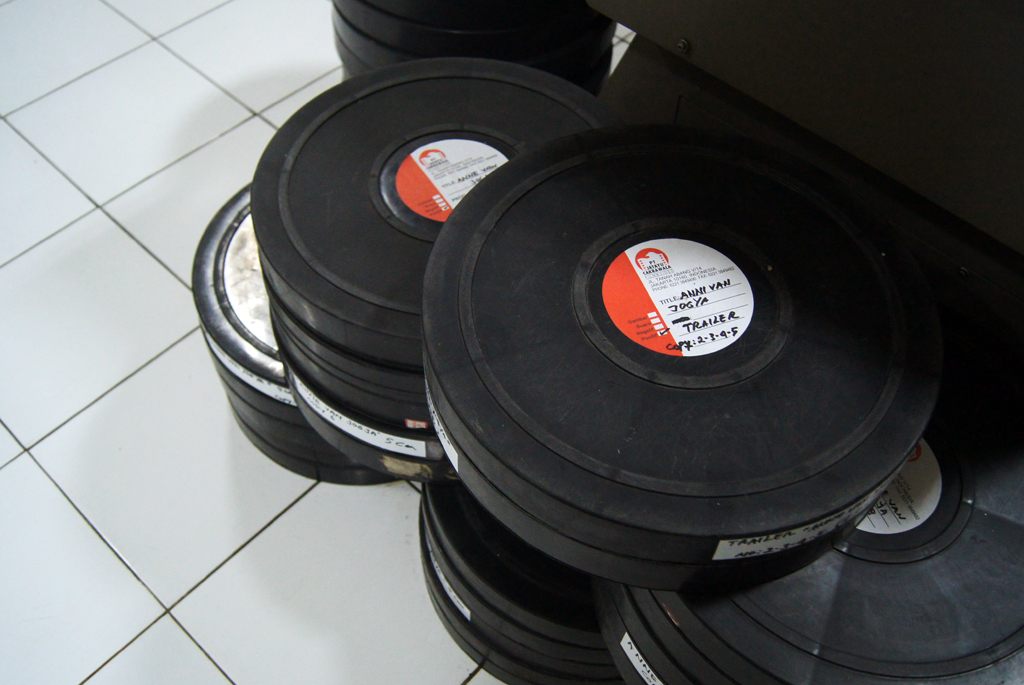
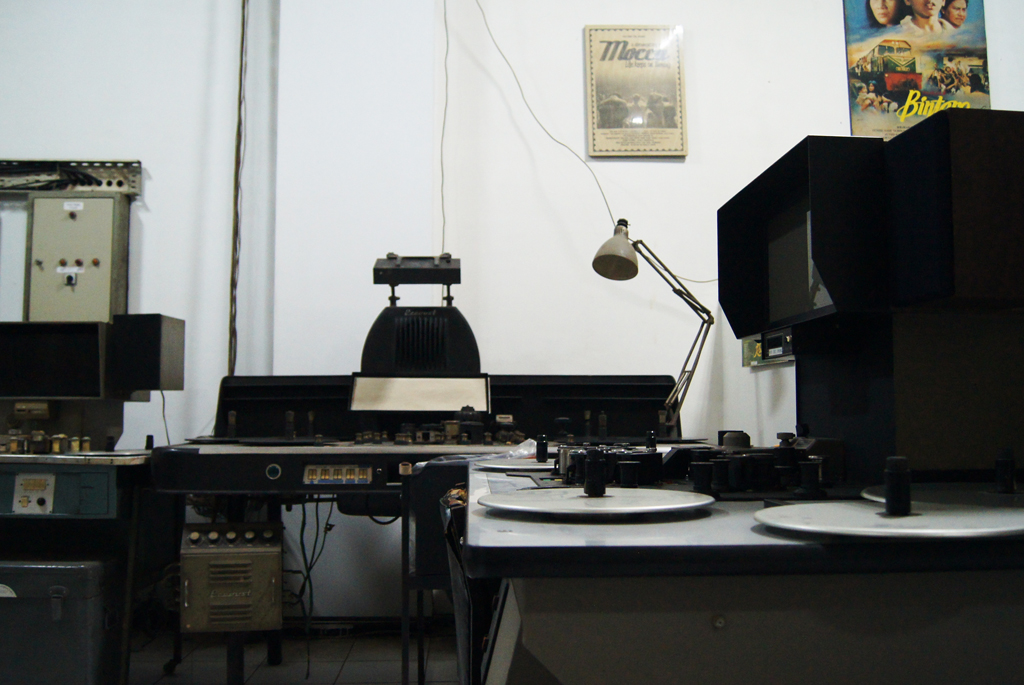
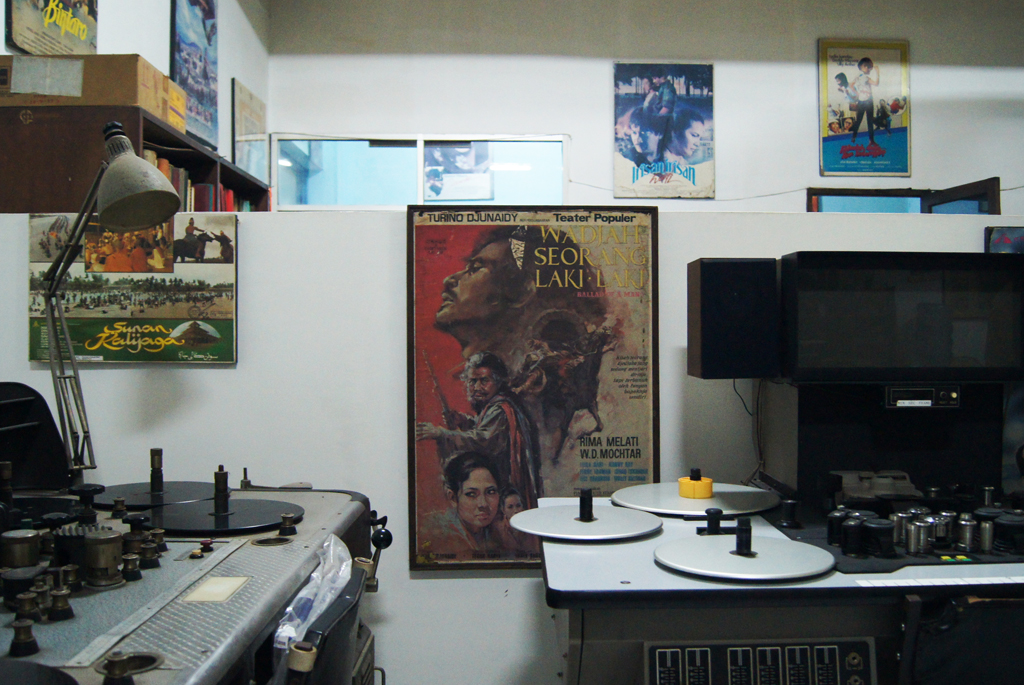
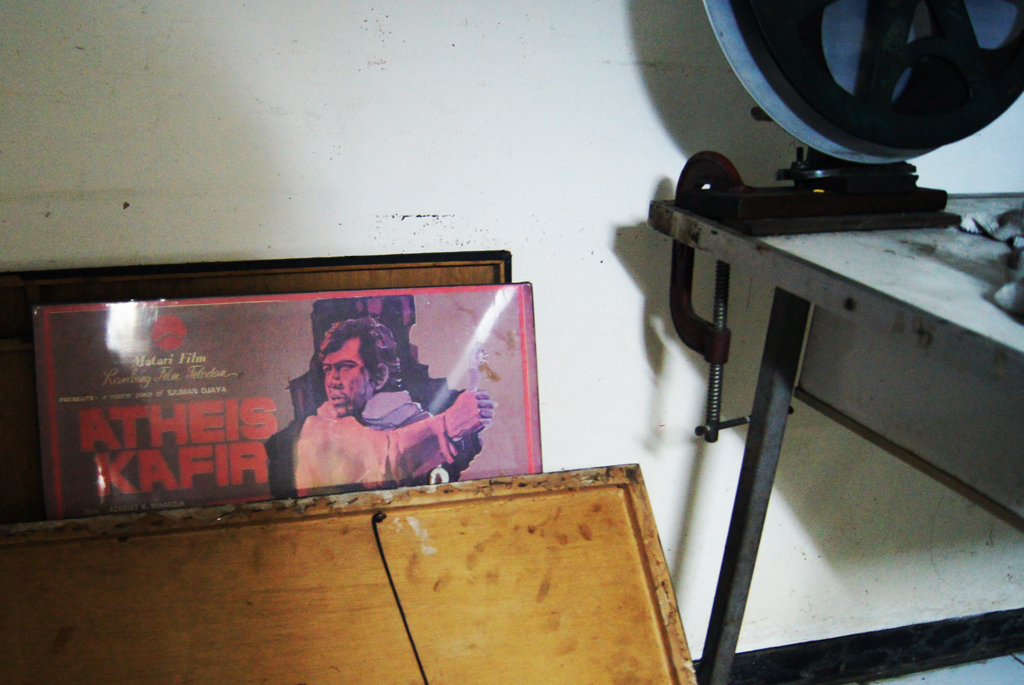
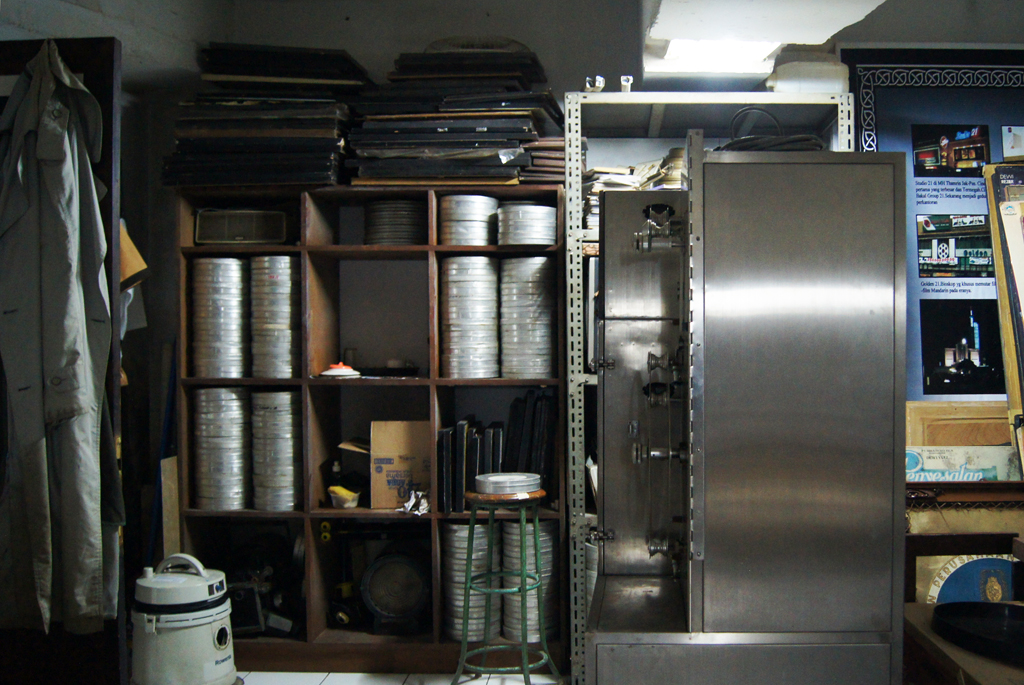
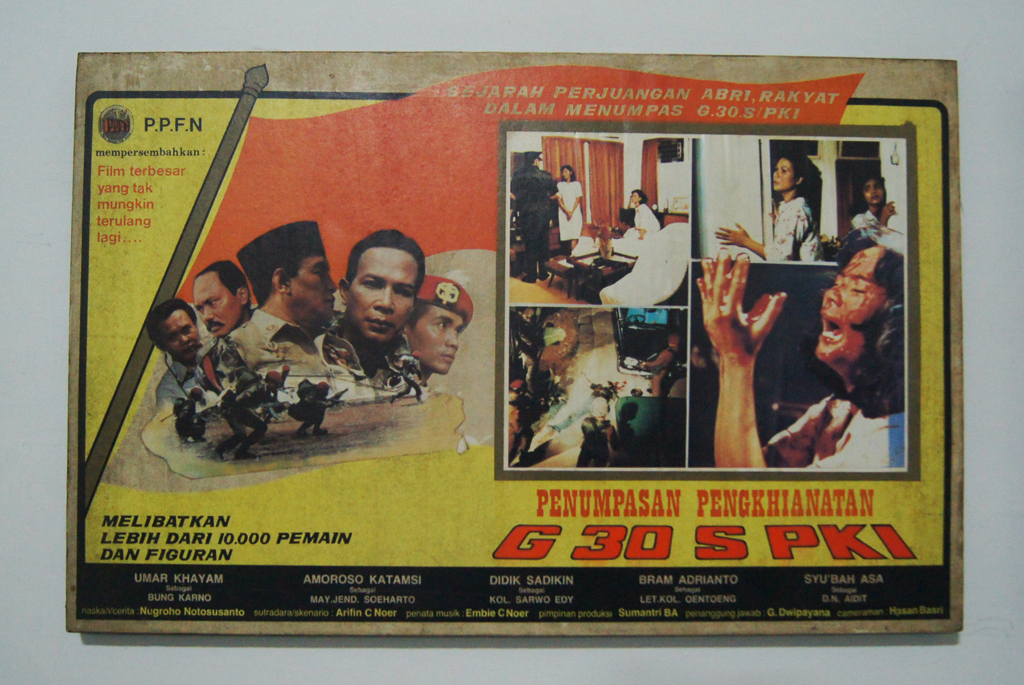
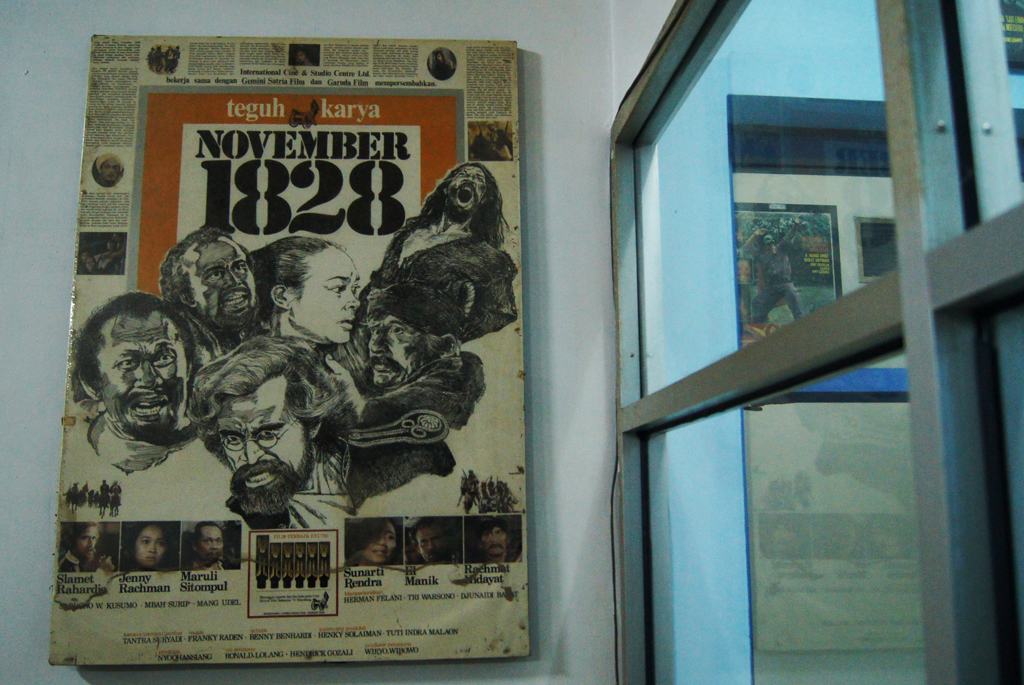
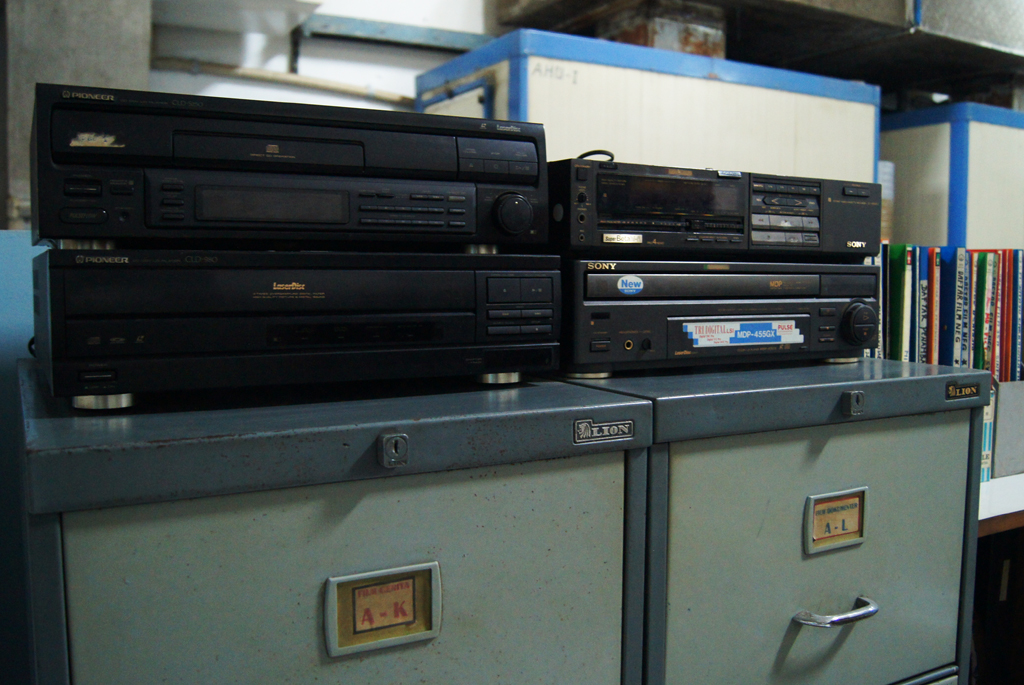
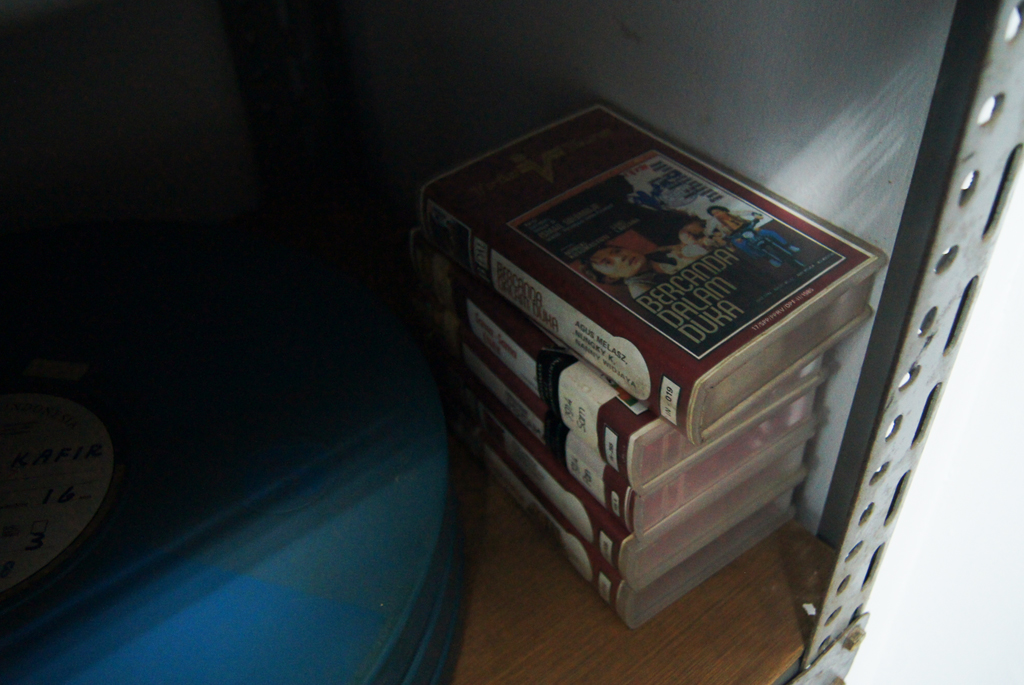
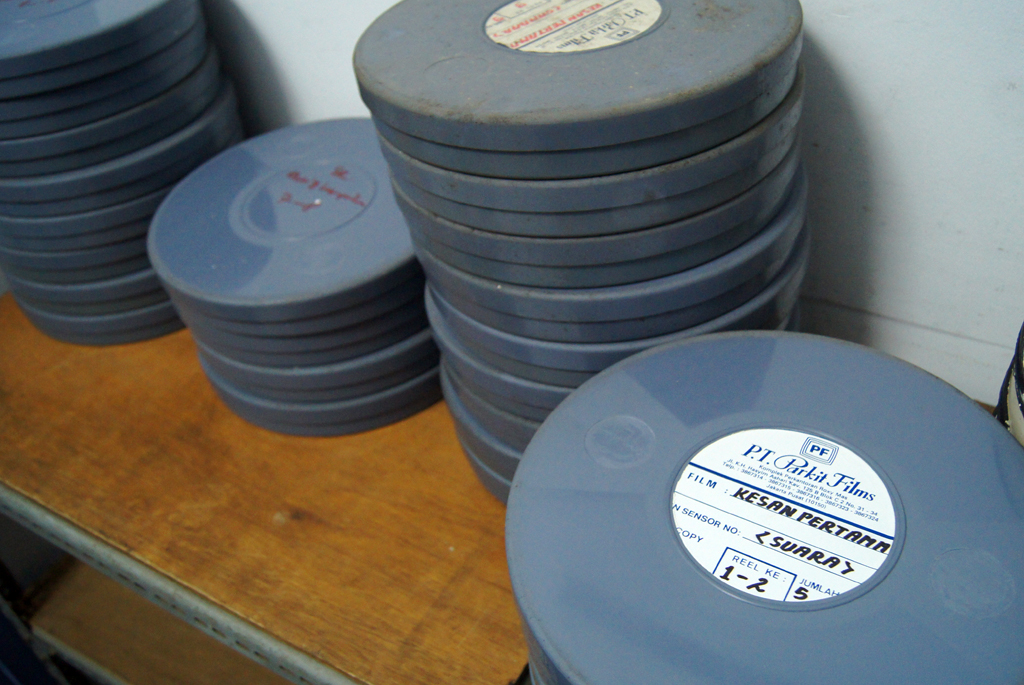
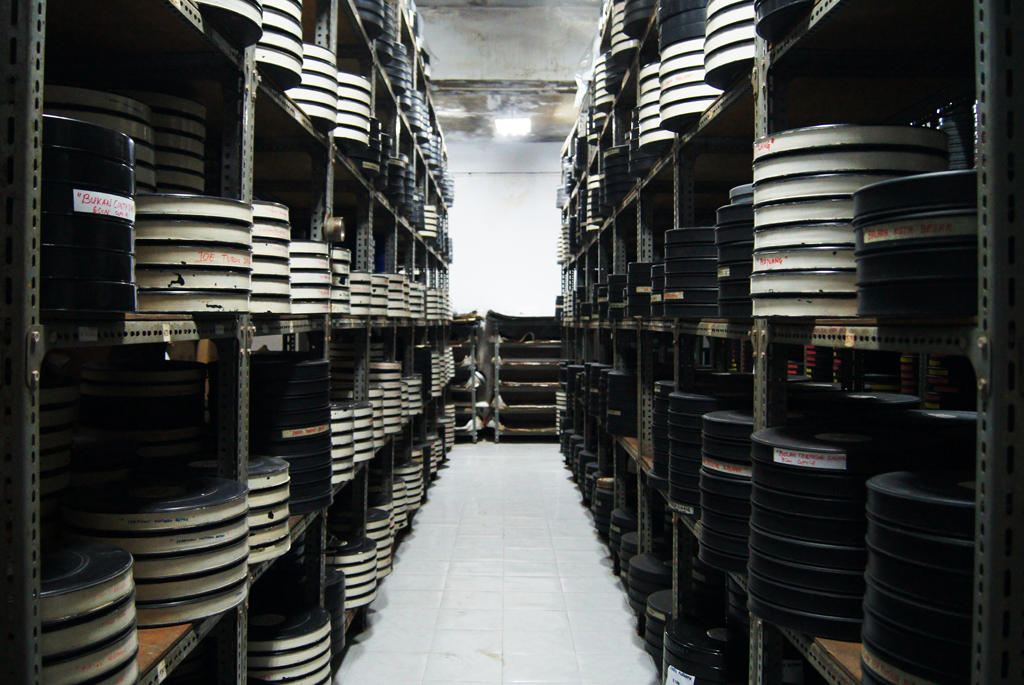
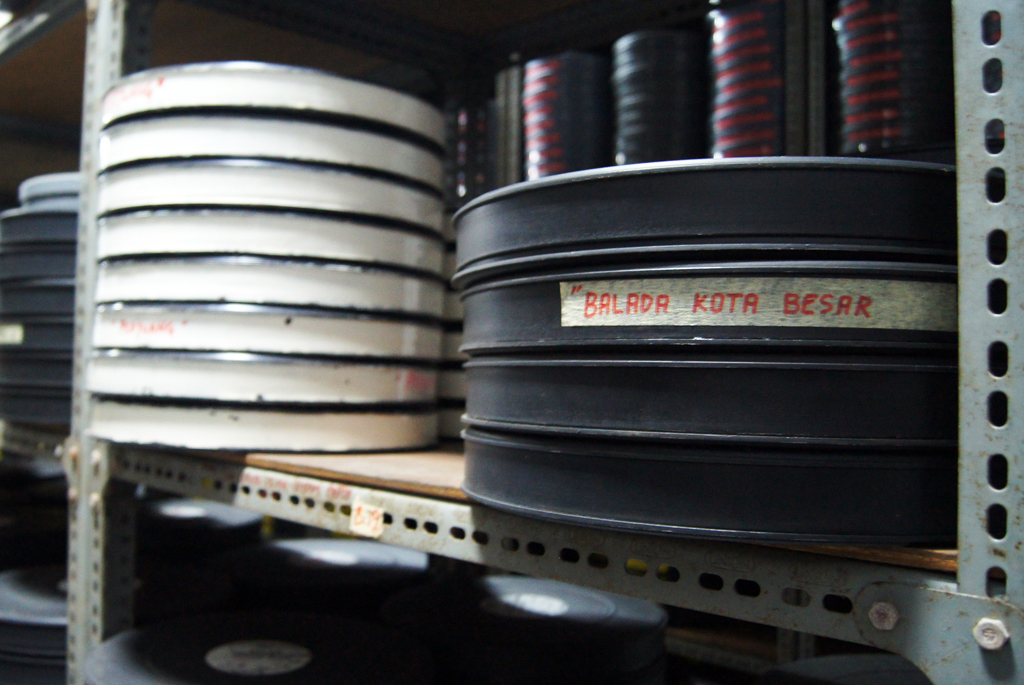
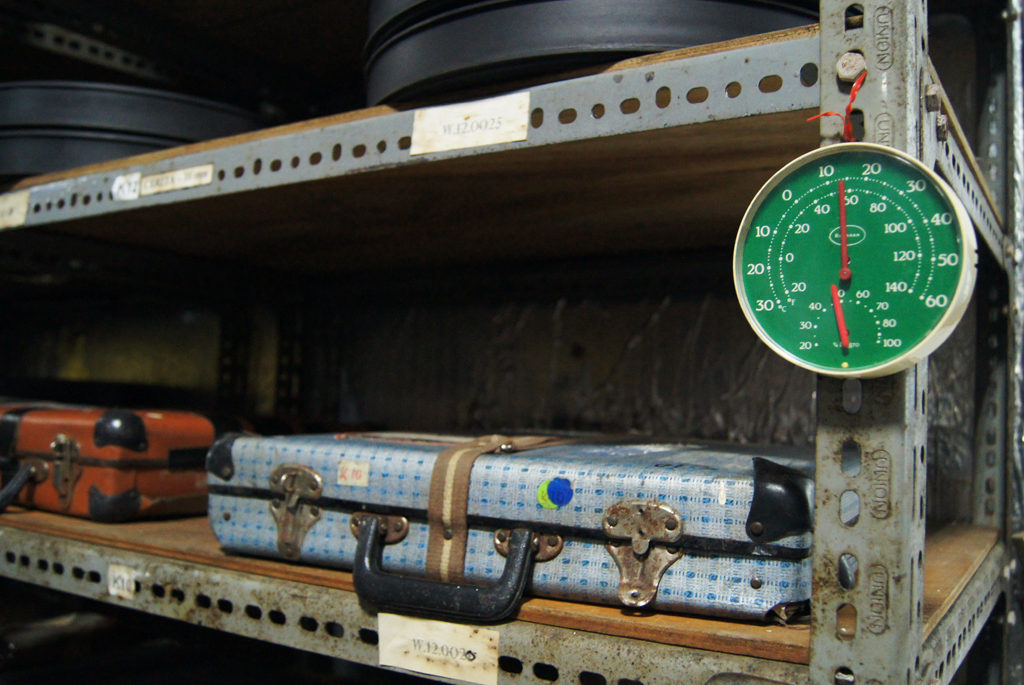
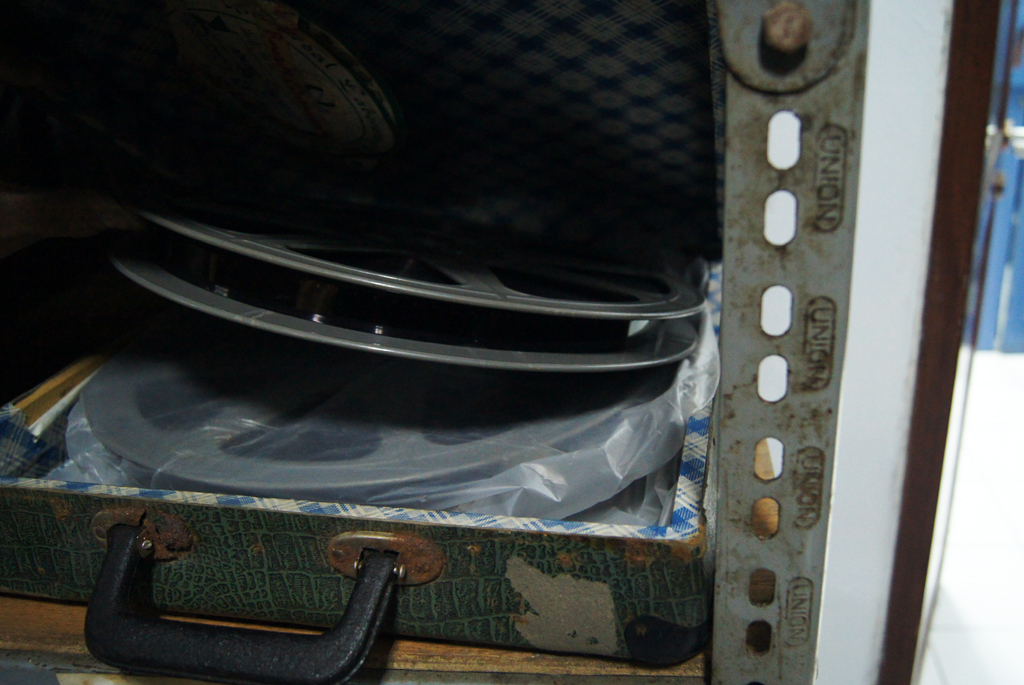
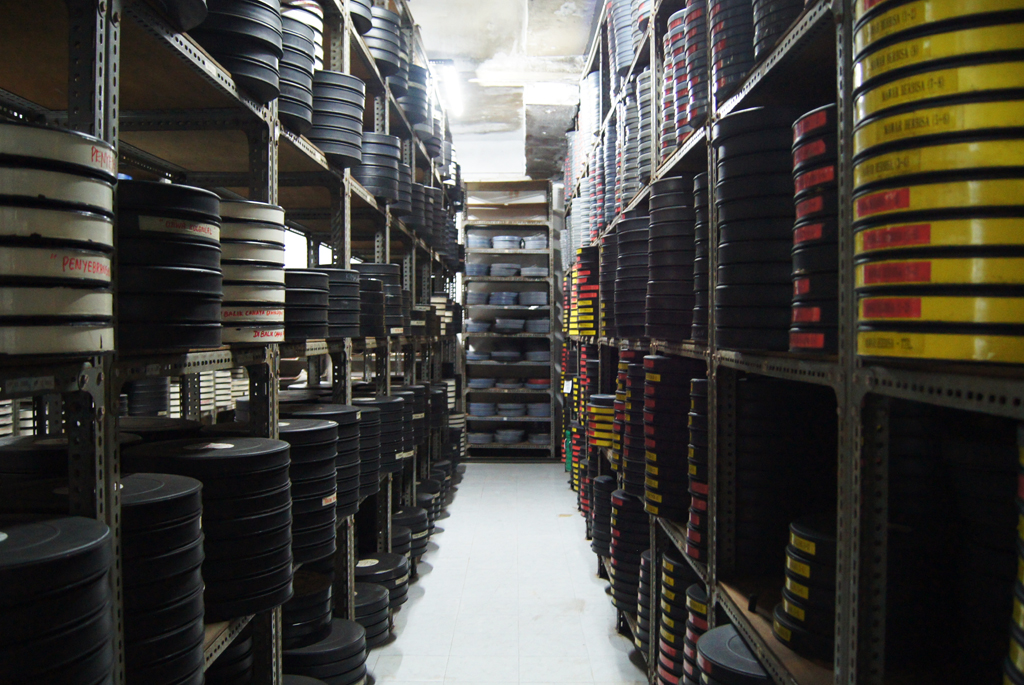
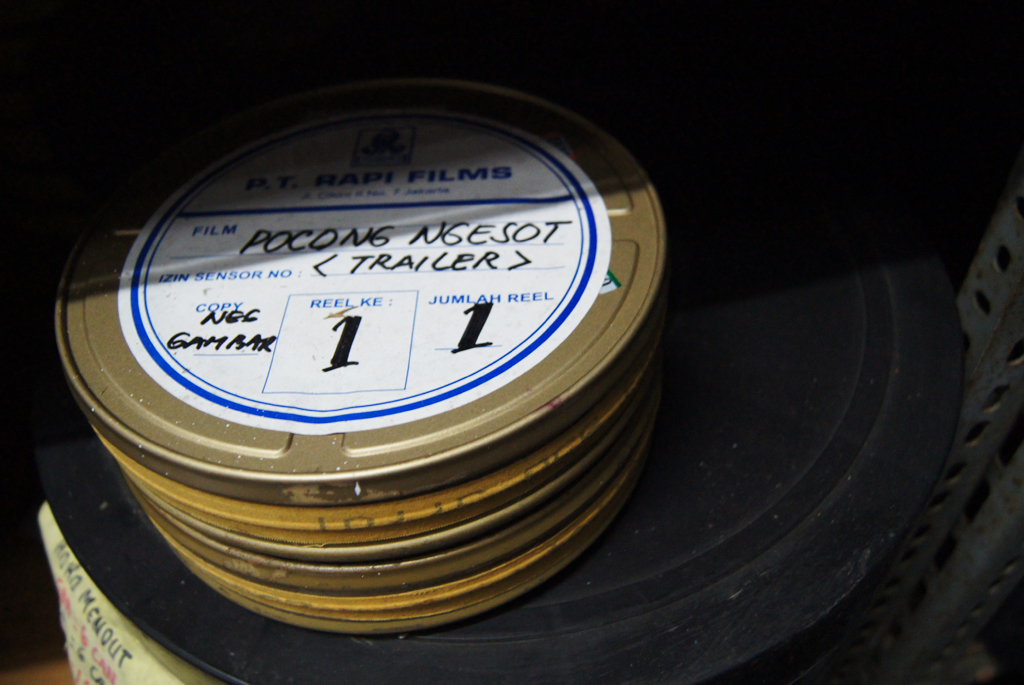
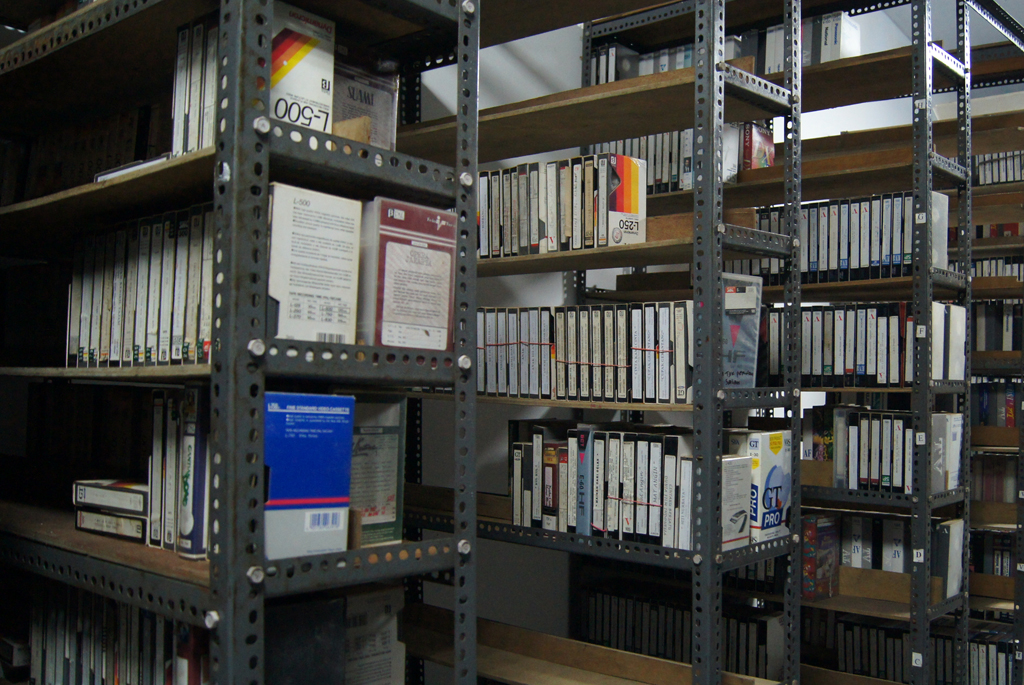
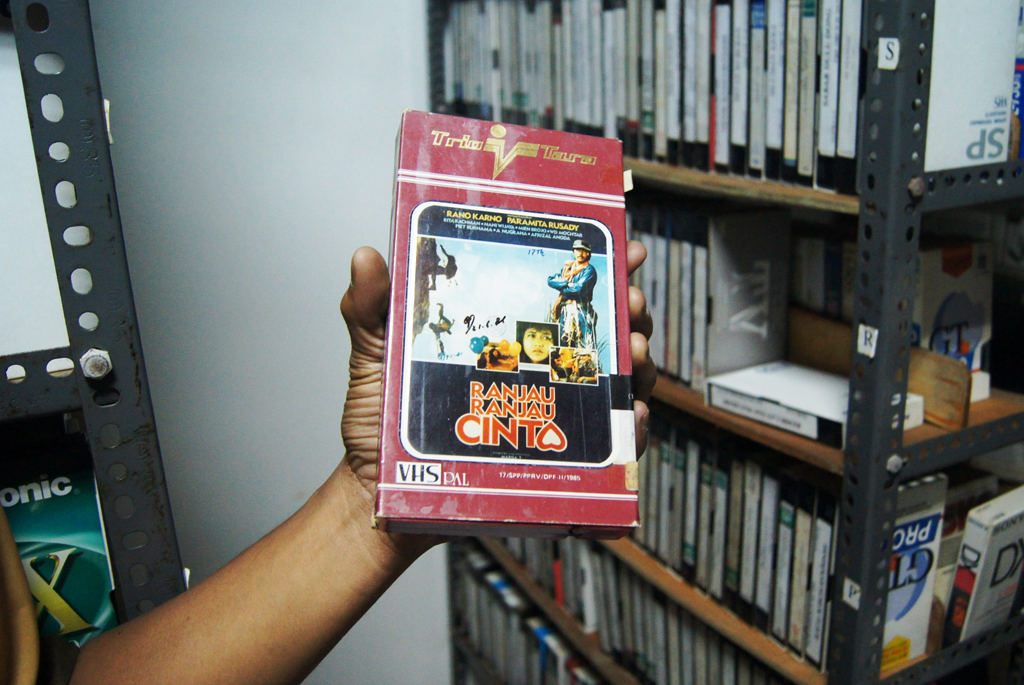
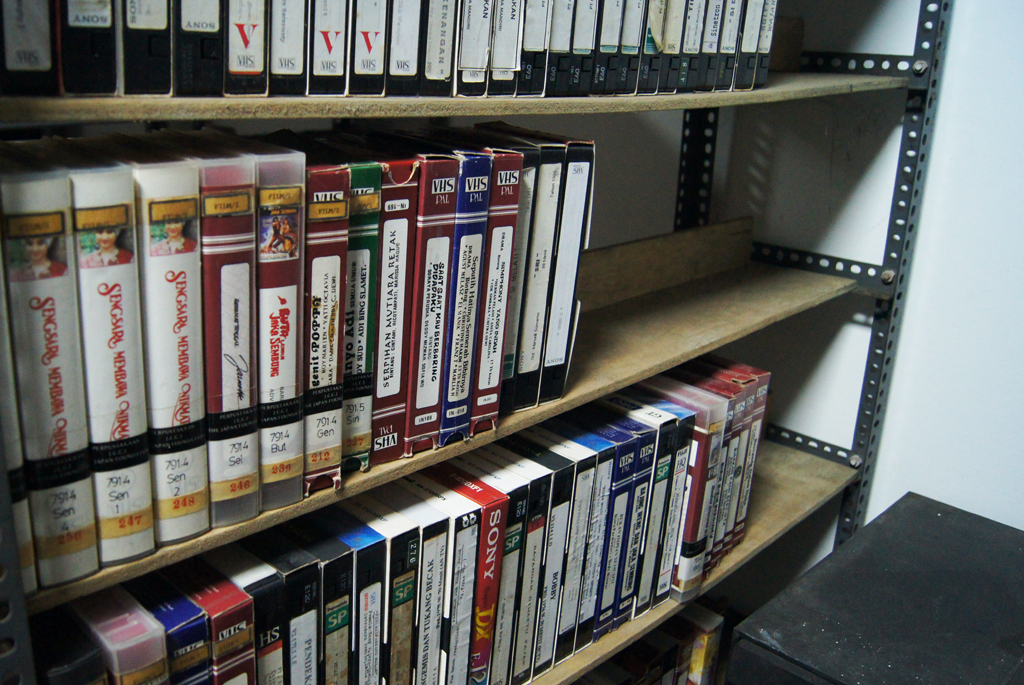
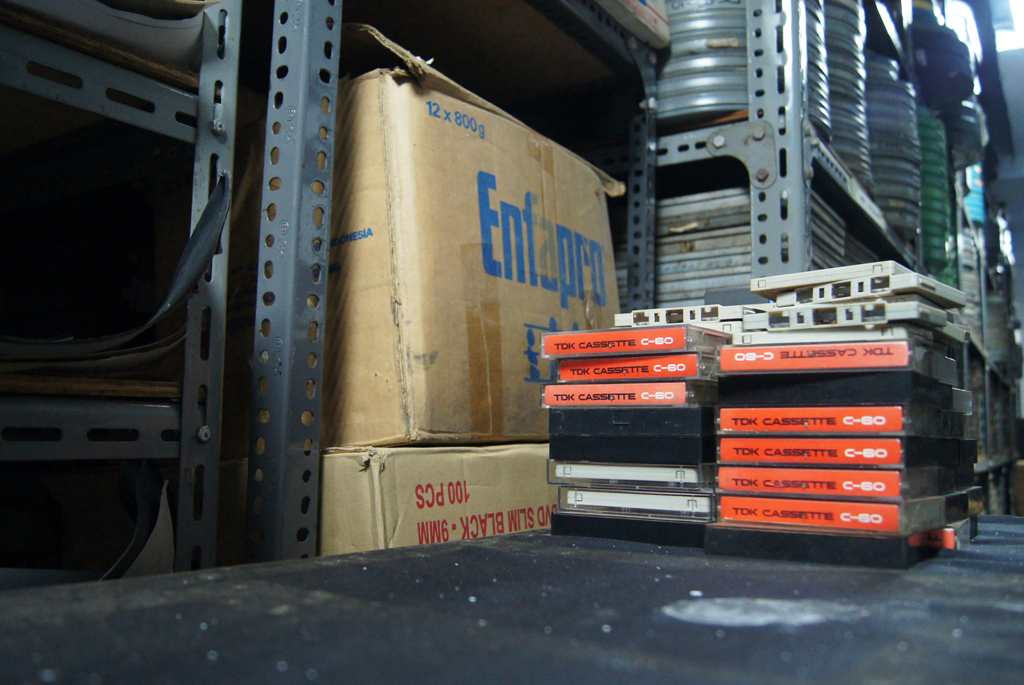
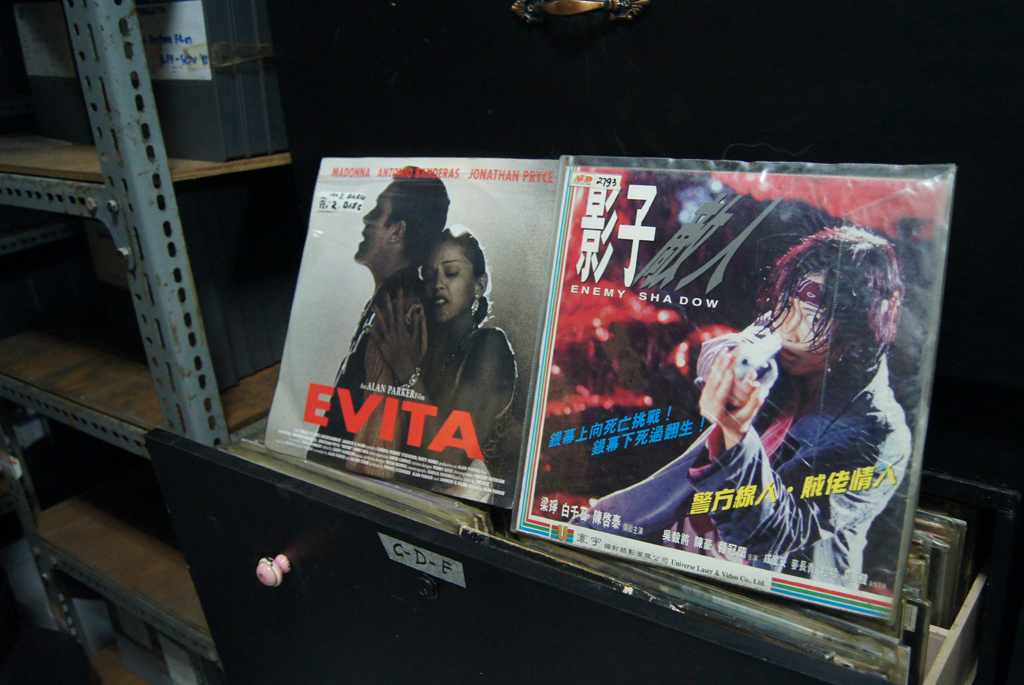
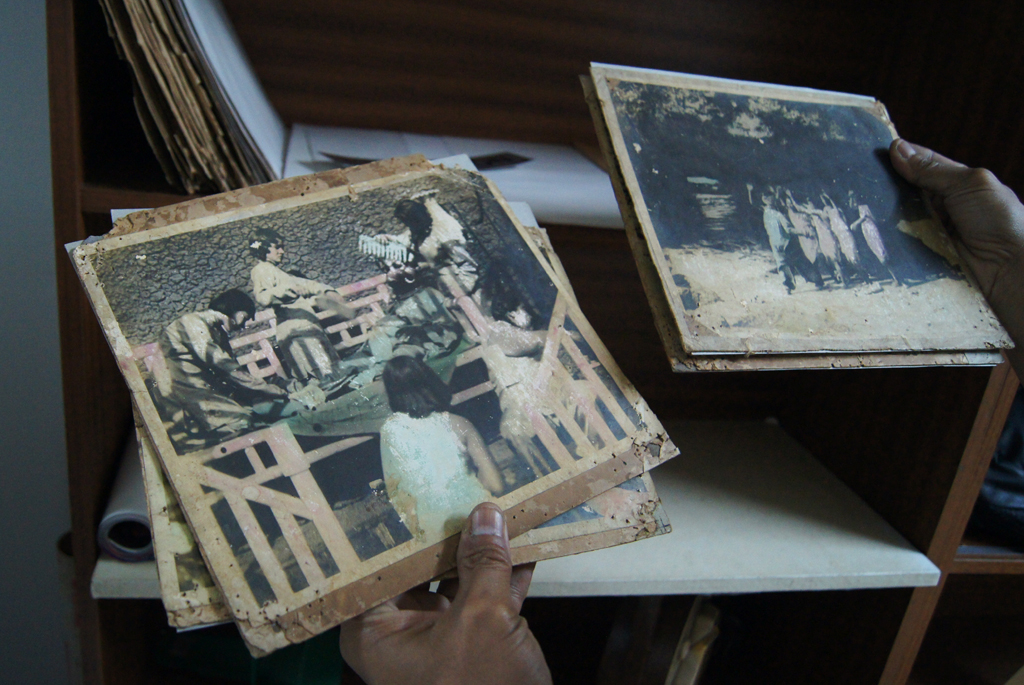
Misbach Yusa Biran is an influential name in the history of Indonesian cinema. Not only for his movies and screenplays, the journalist turned director and screenwriter is also known for his heartfelt dedication towards the Indonesian film where he believes that film is a means to teach and raise the quality of human lives, particularly the lives of Indonesians. Started his career in film at 22 by joining Perfini (the Indonesian National Film Company), Misbach nurtured his vision and idealism from the duumvirate figures of Indonesian cinemas, Usmar Ismail, and Djamaludin Malik. In an interview with the Jakarta Post, he said, “Perfini wasn’t like other studios only focused on making profits. That was why I was interesting in joining it.”
This genuine spirit of Misbach expanded when he realize the importance of archiving for the future of Indonesian films. After returning from a European trip, the beneficiary of a Lifetime Achievement Award from SEAPAVAA (the Southeast Asia-Pacific Audiovisual Archive Association) alongside with Asrul Sani, a notable screenwriter, initiated the idea of making an institution seeking to archive national films. Taking the name from a film archive institution in French, they named the institution as “Sinematek Indonesia” (The Indonesian Cinematheque). “Films should nurture people. That’s why I think it’s important to document Indonesian films at Sinematek. The center will give future generations a place to learn,” Misbach adds. On 2012, the legendary cineaste passed away but his spirit lived on with the wisdom beneath all of his works.
Today, his picture is in a giant frame in the front of Sinematek’s entrance. Since its initiation in October 1975, Sinematek had moved three times. At first, Sinematek was on a corner of Taman Ismail Marzuki, then moved to Citra Theatre in Kuningan before nestling in Hajji Usmar Ismail Center, a five-story building located on Rasuna Said Street in Kuningan, South Jakarta until now. This institution is the home of roughly 2,700 films, mostly Indonesian, including 84 negatives for black and white films and 548 for color films. The archive also has over 15,000 reference works that include newspaper clippings, screenplays, books, and government regulations, film posters, and vintage film equipments. But most important of their collection are celluloid film tapes of Indonesian films from the year 1934 until 2011. Sinematek managed to save about 70% of national film from that era.
Unfortunately, the film archive has been underfunded since 2001. With a law that banned the government from giving funds to nonprofit organizations, the first film archive in Southeast Asia and the only archive of films in Indonesia is struggling to survive. The high cost of maintenance for archiving collections, including fragile celluloid tapes who need extra care making their struggle even increasingly severe. The impact of this matter can be seen in their storage room. The dusty room is leaking with water dropping to celluloid tapes on the shelf, where some of the tape’s case are already rusty. Their unstable thermostat is also making some corner of their walls covered in moss. Endangering thousands of the collections.
The good thing is, even though even the film archive is facing serious problems, it lays in a great hands. The fact that the institution still stands after dealing financial complexities for almost 15 years is the definite proof. With the vague future of the institution, the dedication of Sinematek employees keeps the films rolling in the building.
There is also a positive advancement in the public awareness regarding the importance of archiving. Adisurya Abdi, the current headmaster of Sinematek reveals that even though the government is still uncertain of the worth of the film archive to the country, the public already aware of it and starting to pay more attention to the institution, “We believe that film is an extraordinary matter, a thing that could capture the happenings of a country from certain period. It could show us how the human, the culture the development of an era. Film is a definite source to learn about the history of a nation. And with the enthusiasm of public to our service, we are eager to share our collection more for them, because basically, this institution serves anyone that intends to appreciate and to learn both scientifically and intellectually from our archives” Adisurya explains. The headmaster also suggests that it is important to keep the film archive an independent institution, “Ideally, the institution is apart from any political and commercial issue. Because we stand purely for education and science”. Just the kind of spirit that is in line with Misbach Yusa Biran’s sincerity.
Sinematek Indonesia
H.R. Rasuna Said Kavling C-22
Kuningan Jakarta Selatan 12950











